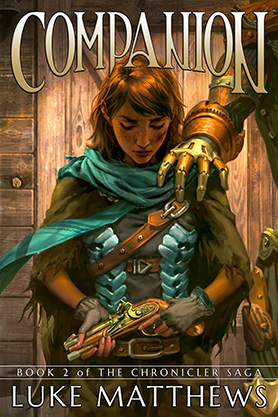
Written by Dan Abnett & Andy Lanning
Art by Leandro Fernandez
After last months dialogue-heavy foray into detective work, New Mutants #27 returns to the root of all X-books: punching stuff. Having found a captive Nate Gray being used to help Sugar Man find a way back to his native Apocalypse timeline, Dani Moonstar and her crew must stop his operation and prevent him from escaping so he can answer for his crimes.
The issue begins with an odd page of exposition, a past debriefing where Cyclops is explaining Sugar Man’s powers and capabilities. The entire scene felt out of place, inserted as an afterthought to explain a tertiary villain to audiences who may not be familiar with the Age of Apocalypse storyline. Unfortunately this feeling carries over into much of the first half of the issue, especially in narrative sequences that only thinly disguised the authors attempting to explain the first two issues of the arc.
The battle rages on for most of the issue, winding down to an only mildly satisfactory conclusion that reeks of setup more than closure. After such a character-driven issue last month, #27 feels strangely vapid, virtually devoid of character advancement. There is little time spent for characters to discuss or reflect, and Dani is portrayed as the type of mindless, objective-driven leader we’ve seen in oh so many X-books before, interchangeable with countless X-leaders of the past. Perhaps that’s an intentional bit of advancement for Dani, but if so it feels forced and mildly out of character for her.
I’m somewhat disappointed with the conclusion to this mini-arc, with its static character depictions and hanging plot threads. I suppose, though, that a storyline which raises more questions than it answers was fittingly named “Unfinished Business”.








